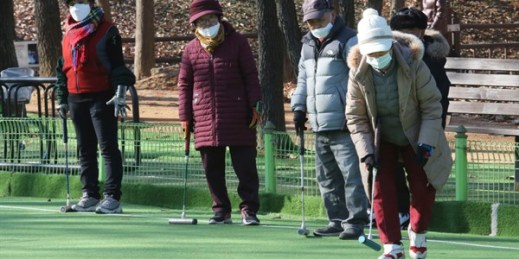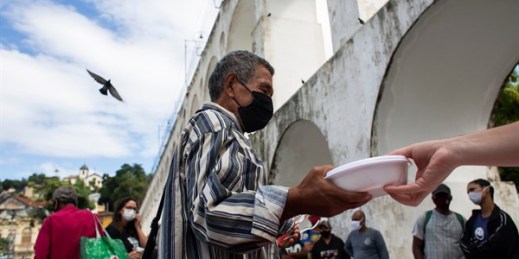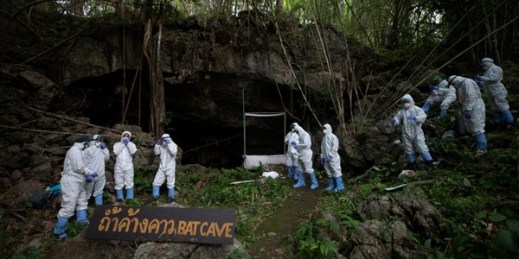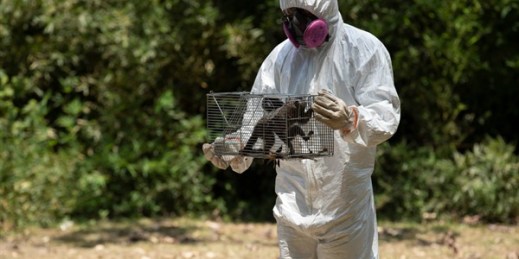
Haiti was already mired in a deep political crisis and humanitarian emergency before a 7.2-magnitude earthquake struck earlier this month, killing at least 2,200 people and injuring and displacing thousands more. The country’s acting president and prime minister, Ariel Henry, had been in office for less than a month when the disaster occurred, having assumed power in the wake of the assassination of President Jovenel Moise on July 7. Moise had been facing mass protests and widespread demands for his resignation due to rampant corruption and mismanagement of the economy under his administration. Amid the turmoil, a coalition of Haitian […]





